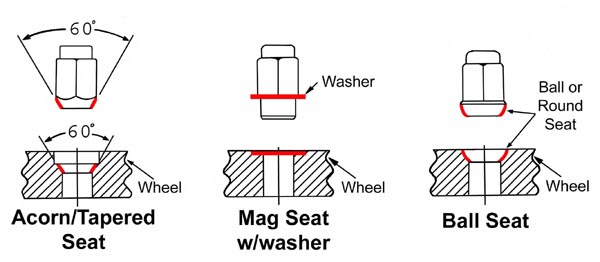I need some help understanding something. I'm considering installing spacers for my rears and have read that if you want 10mm you need to buy 15mm and have them shaved down. But I have also read that a rear 10mm spacer for the S2000 is an exact match and works great with no issue. I can't seem to find a definitive conclusion on the matter. Is it because at the time this or this was posted a correct 10mm spacer was not available, or is it something else?
I see these on ebay by H&R or these by [URL="http://www.ichibausa.com/ProductDetails.asp?ProductCode=AC-50610"]Ichiba[/URL], yet for example, SOS does not have a 10mm listed on their site which makes me wonder am I missing something or is it just not a popular size? Any help is appreciated.
I see these on ebay by H&R or these by [URL="http://www.ichibausa.com/ProductDetails.asp?ProductCode=AC-50610"]Ichiba[/URL], yet for example, SOS does not have a 10mm listed on their site which makes me wonder am I missing something or is it just not a popular size? Any help is appreciated.









